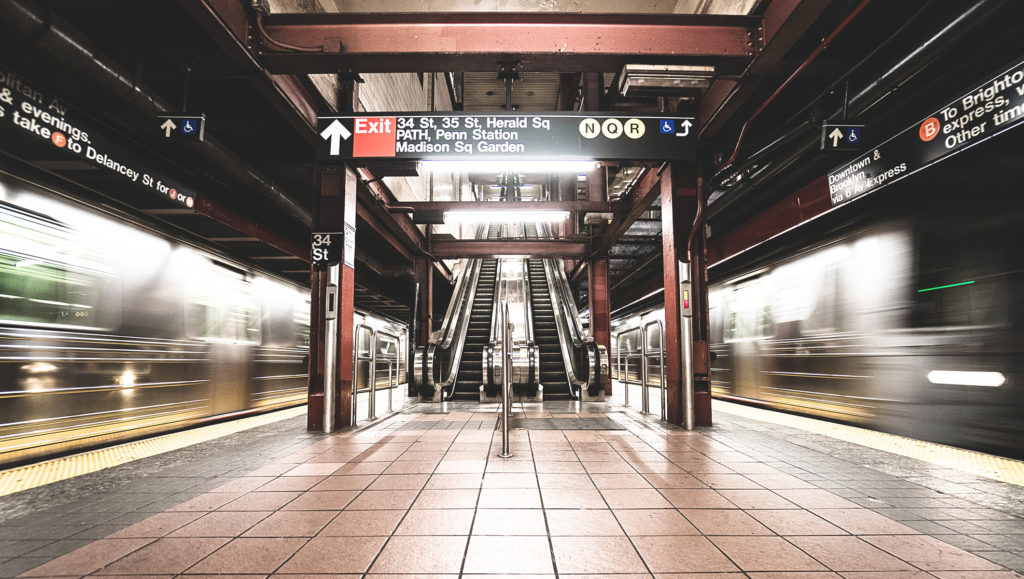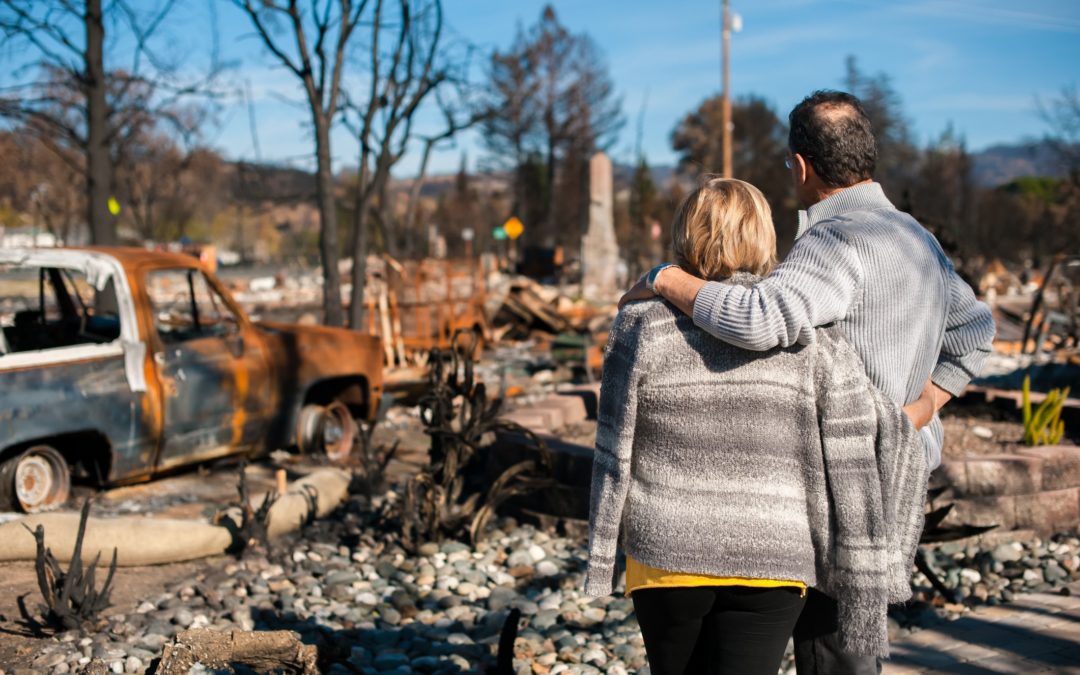by Innovative Mobility Research | Aug 11, 2023 |
Authors: Susan Shaheen, PhD, Adam Cohen, Jacquelyn Broader Date: July 2023 Abstract: Curb space has been traditionally designed for private vehicle parking, public transit, and passenger and commercial loading. However, in recent years, a growing number of newservices and activities have increased the demand for limited curb space, including passenger pick-up and drop-off; last-mile delivery (e.g., courier network services, personal delivery devices); electric vehicle (EV) charging; micromobility parking and use (e.g., personally owned and shared bikes and scooters); and carsharing services. The curb serves a variety of functions such as vehicle and device storage (including personally owned and shared vehicles and devices), outdoor dining and retail, greenspace, and other uses. These changes are contributing to a notable shift in how people access and use the curb, and how public agencies plan, prioritize, and manage curbside interactions. View...
by Innovative Mobility Research | Aug 30, 2021 |
Author: Alissa Walker Date: August 26, 2021 When Governor Kathy Hochul was sworn in Tuesday just after midnight, water was still pooled in the subway stations from the MTA’s second catastrophic flooding in as many months. It was emblematic in so many ways of the transportation crisis she was inheriting. Hochul (via either acting head Janno Lieber or whomever else she names to run the MTA) will have to not only futureproof the agency against the next inevitable superstorm but also do so with ridership way down (and perhaps staying that way for a while, as return-to-the-office plans once again grow uncertain). … Read the full article...
by Innovative Mobility Research | Oct 7, 2020 |
Authors: Susan Shaheen, PhD, Adam Cohen, Jacquelyn Broader, Richard Davis, Les Brown, Radha Neelakantan, Deepak Gopalakrishna Date: March 1, 2020 Abstract: This report provides Mobility on Demand (MOD) planning and implementation practices and tools to support communities. The report discusses different stakeholders in the MOD ecosystem and the role of partnerships in filling spatial, temporal, and other service gaps. Additionally, the report discusses how MOD can be integrated into transportation planning and modeling. The report also discusses shared mobility implementation considerations, such as rights-of-way management, multimodal integration, data sharing, equity, labor impacts, and the role of pilot evaluations. Finally, the report discusses technology developments with implications for the MOD ecosystem, such as shared automated vehicles (SAVs), urban air mobility (UAM), and last-mile delivery innovations. This report is a practical resource with: 1) current practices for planning and implementing MOD; 2) case studies and lessons learned; 3) considerations to help public agencies advance MOD in their communities; and 4) resources and recommended reading. View PDF. ...

by Innovative Mobility Research | Apr 2, 2020 |
Larry Buhl Capital & Main April 1, 2020 The $2 trillion Coronavirus Relief Bill signed into law last week, the largest aid package in U.S. history, also contained the largest aid package ever for U.S. transit agencies: $25 billion. The money comes at a time when ridership and revenues have plunged during the COVID-19 health emergency. Experts say the money, which has basically no strings attached, should be more than enough to keep workers employed, at least through the year. But transportation experts say that after the health crisis abates and jobs come back, mass transit could look somewhat different. Owing to stay-at-home orders in many cities, transit ridership has been in freefall through March, according to Moovit, an urban mobility app. In its request for federal aid, New York’s Metropolitan Transportation Authority (MTA), the largest in North America, asked for more than $4 billion from Congress to offset a loss of revenue from a steep decline in ridership. In San Francisco, where residents have been ordered to stay home since mid-March, the Bay Area Rapid Transit system (BART) has seen a ridership decline of 90 percent and has been forced to reduce service. It is not yet clear how the money will be divvied up among the different transit agencies across the U.S., nor is it clear how each agency will use the money it receives. The law comes with more suggestions than strings: It simply says emergency funds are “to prevent, prepare for and respond to coronavirus.” According to the bill, the money is reimbursement for lost operating costs accrued since Jan. 20, 2020, and could be...

by Innovative Mobility Research | Sep 12, 2019 |
Susan Shaheen, PhD, Stephen Wong, and Adam Cohen September 12, 2019 Natural and man-made disasters and their emergency evacuations are more common than many people realize, and remain a common strategy to ensure safety. According to the U.S. Department of Homeland Security (DHS) Federal Emergency Management Agency (FEMA), the most frequent causes of evacuations in the U.S. each year are fires and floods. Due to the heavy reliance on private vehicles in the U.S., evacuations using personally owned automobiles have historically been the focus of many emergency managers. However, this can be problematic for public transit dependent and carless households who may have transportation challenges in an emergency. The critical role of evacuation planning for carless households became a serious issue during Hurricane Katrina when evacuation plans did not adequately include a process for evacuating the estimated 200,000 to 300,000 people without reliable personal transportation. However, New Orleans is not alone. Research has found that one-third of the 50 largest cities in the U.S. do not have evacuation plans, and less than half of cities with evacuation plans mention carless or vulnerable populations. Lessons learned from past experiences in emergency management include… Read the full article...


